August 6, 1945 marked a turning point in human history. August 9, 1945 left no doubt.
Humanity had entered the Atomic Age.
 The atomic bombings of Hiroshima and Nagaska burned itself into the memories of the Japanese and the Americans. In many regards, the rise of the atomic bomb, and later the hydrogen bomb, gave rise to the anime and manga we have today.
The atomic bombings of Hiroshima and Nagaska burned itself into the memories of the Japanese and the Americans. In many regards, the rise of the atomic bomb, and later the hydrogen bomb, gave rise to the anime and manga we have today.
After the bombings, American authors and comic artists sketched a rosy view of the future of atomic power. The publications laced fact with super heroes. Even Superman discovered the Bomb was more powerful than him. In one comic, Superman had to swallow a drug that made him insane in order to save Lois Lane. In his state, he flew into the Bikini atomic test, which was powerful enough to clear his mind. He took a photograph of the mushroom cloud from above as
“a warning to men who talk against peace.” He even confronted a villain called Atom Man (Szasz & Takechi, 2007).
After the US lifted censorship of Japanese media, a medical doctor turned cartoonist began to publish his work. To give you an idea of how much the US censored: there were over 8,000 censors silencing the voices of those who suffered from the Bombs. A cartoonist was even punished for depicting Americans with red noses (Szasz & Takechi, 2007). Anyway, the medical doctor’s name? Tezuka Osamu.
Tezuka’s most famous work, Mighty Atom (or Astro Boy as we in the States know it) was a result of Japan signing a peace treaty and military alliance with the United States in 1951. Astro Boy reflects an interesting cultural paradigm. In the stories, the villains will sincerely apologize to Astro Boy. Imagine the Joker genuinely apologizing to Batman! Some researchers suggest this habit of apology may point to a desire for the United States to apologize for the use of nukes. Astro Boy tries to find a way to reconcile with the villains. This theme found in Tezuka and other artist’s work is thought to be a result of the suffering caused by the bombs (Szasz & Takechi, 2007).
Tezuka’s work influenced mangaka ever since. One work, influenced by Tezuka, stuck it to the Americans for dropping the bombs. It was also one of the first manga to do so.
Struck by Black Rain and Barefoot Gen
Keiiji Nakazawa was spared by a concrete wall when Hiroshima ignited. He lost his entire family to the effects of the bomb. Later in life, he seemed to have been discontented with hibakusha cinema – movies about the victims of the bombs. Hibakusha cinema avoided blame while still portraying the Japanese as victims (Szasz & Takechi, 2007; Ministry of Foreign Affairs of Japan, 2014). He set out to make his own version of these movies.
In Struck by Black Rain, Nakazawa boldly accuses the Americans and even calls American barbarians. The main character in one scene shouts at a littering American tourist:
You murdered hundreds of thousands of civilians just to test the atomic bombs. You are more brutal than the Nazis.
Nakazawa began to take atomic themes more serious after his mother’s death from radiation sickness. He set out to “pin the blame where it belonged.” The result was Barefoot Gen. The manga follows how Gen and his family lived in Hiroshima before the blast and how they survived the aftermath of the nuclear age. The manga addresses American censorship, the discrimination of hibakusha, the conditions endured by war orphans, and more. Despite the dark themes, it is a story of life and hope.
All of these stories appeared when Japanese society was craving entertainment and methods of coping what what happened. Where American cartoons and comics were centered childhood, manga took up the results of the nuclear age and war. These themes directed manga and, later, anime to be acceptable for all ages. American cartoons, on the other hand, are generally expected to be left behind in childhood. The themes of the atomic age continue to echo like aftershocks through the many post-apocalyptic stories found in manga and anime. The mecha genre often features climatic battles that lay waste to vast swaths of land or armies. This can be traced directly to the impact of the bombs on Japanese society.
Giant Monsters – Kaiju Eiga
March 1954 marked the third nuclear attack on Japan. At least, that is how some viewed the event. A Japanese tuna trawler named The Lucky Dragon No. 5 was not so lucky that day. It fell victim to the first underwater nuclear explosion from the series of Operation Crossroads nuclear tests. Japan was not only the first victim of atomic bombs. Japan was also victim of the first hydrogen bomb. The event resulted in a panic about irradiated tuna with over 450 fish being buried (Szasz & Takechi, 2007; Brothers, 2011).
Hmmm. Small wonder that the best know giant radioactive monster movie begins with a monster attack on a fishing boat?
Godzilla, or known to the Japanese as Gojira, was Ishiro Honda’s metaphor for the fears of a nation living on the brink of doomsday. Honda had certain sensibilities. He worried about upsetting the public so he made efforts to implicitly reference the Lucky Dragon incident. Honda also down played the scars on the scientist Serizawa’s face so the audience can focus on the suffering of the characters and not be sickened by their physical deformities (Brothers, 2011). Honda was a POW and was said to have walked the rubble of Hiroshima.
Godzilla was a film meant to reinforce the idea that nothing can be settled through armed conflict. Honda wanted the film to be entertaining and dramatic but not preachy or traumatic. The film was influenced the 1933’s King Kong. Godzilla has subtle anti-American tones that point to the guilt Americans felt (and some still feel) about dropping the bombs. America views the bombs as a necessary evil needed to spare lives; the Japanese view the bomb as evil (Brothers, 2011). The American version of the film tones down the role atomic and hydrogen bombs play and removes dialog about the dangers of atomic experiments. All references to radiation is also struck from the American version. Finally, all references to the American A-bomb was changed to the Russion A-bomb. Godzilla still stands as a sound metaphorical warning about the dangers of nuclear power.
Godzilla‘s success ushered in many other radioactive monster movies. However, many fell into the realm of camp and cheese. They lost the humanity, emotion, and terror at the face of an unstoppable destructive force. Over time, even Godzilla became domesticated, a hero. Even in the most recent remake, the monster has hero elements. As a metaphor for war and nuclear annihilation, Godzilla now seems to suggest both can be harnessed for good in certain circumstances. This goes against Honda’s original idea that armed conflict cannot bring about true resolution. Honda’s idea hold truer than the modern twist and domestication. The advent of nuclear weapons may have reduced armed conflicts between nations, but it also raised the stakes. This can be seen in modern manga and anime. Mecha battles often involve world wide conflict and war that devastates humanity.
Shadows of the Nukes
The shadows of people and objects were burned forever into stone when the bombs of Hiroshima and Nagasaki ignited. It also burned shadows into Japanese culture. Manga and anime was solidified as literature for all ages because of how mangaka reacted to and tried to understand the destruction. Kaiju Eiga’s best known monster was a metaphor for war and nuclear destruction. Kaiju Eiga eventually bled into the mecha genre. Early entries of the genre has a monster-of-the-week theme where the heroes essentially battled kaiju like Godzilla. Power Rangers is another example of bleed from kaiju eiga.
Astro Boy remains one of the largest influences on anime and manga. It was directly influenced and a result of the bombings of Hiroshima and Nagasaki because of the environment that the American Occupation created. Barefoot Gen also influenced many artists and showed that manga was a form of literature in its own right.
Would manga and anime have existed without nukes? Certainly. The literature was already firmly established before World War II. However, it may look very different without the advent of Astro Boy or other manga from the time. Godzilla would not have existed in his current form as well. It is possible that the mecha genre and others would have less focus on nuclear-like destruction and armaments. Of course, this is all speculation. It is interesting how the most important event in modern history – the advent of the nuclear age – is best enshrined in manga. No other art form addressed the issues from the time as well as manga and Godzilla did. Where America tried to avoid feeling guilt, the Japanese focused on healing rather than holding grudges. Anger in Barefoot Gen and other manga is understandable. However, the messages of reconciliation and achievement despite adversity rather than vengeance and hatred is a testament to the authors and resilience of Japanese culture.
References
Anisfield, N. (1995). Godzilla/Gojiro: Evolution of the Nuclear Metaphor. Journal Of Popular Culture, 29(3), 53-62.
Brothers, P. H. (2011). Japan’s Nuclear Nightmare: How the Bomb Became a Beast Called Godzilla. Cineaste, 36(3), 36-40.
Ministry of Foreign Affairs of Japan. (2014) Testimony of Hibakusha. http://www.mofa.go.jp/policy/un/disarmament/arms/testimony_of_hibakusha/
Nakazawa K., kuroi ame ni utarete [Struck by Black Rain] (Tokyo: Dino Box, 2005), 8.
Newman, K. (2010). Japan’s bizarre behemoth. Sight & Sound, 20(9), 11.
Szasz, F. M., & Takechi, I. (2007). Atomic Heroes and Atomic Monsters: American and Japanese Cartoonists Confront the Onset of the Nuclear Age, 1945-80. Historian, 69(4), 728-752.
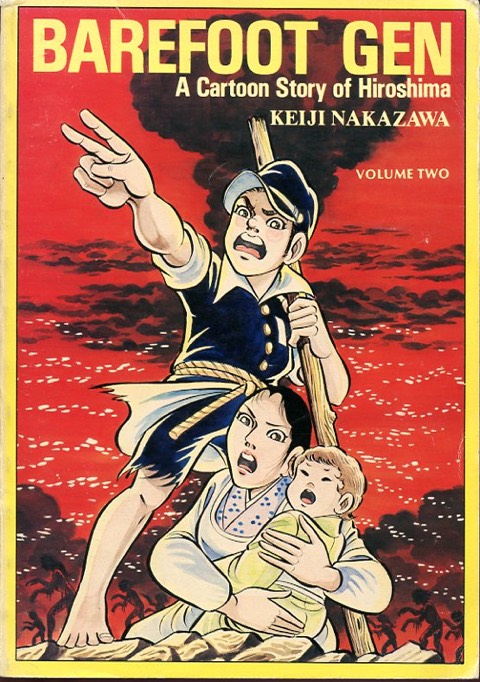
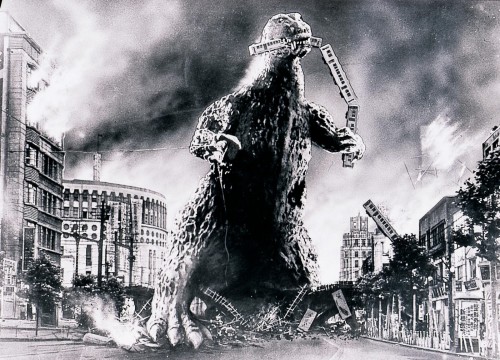
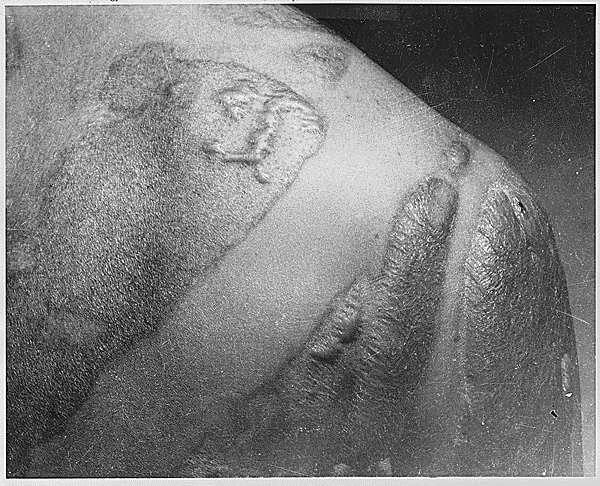
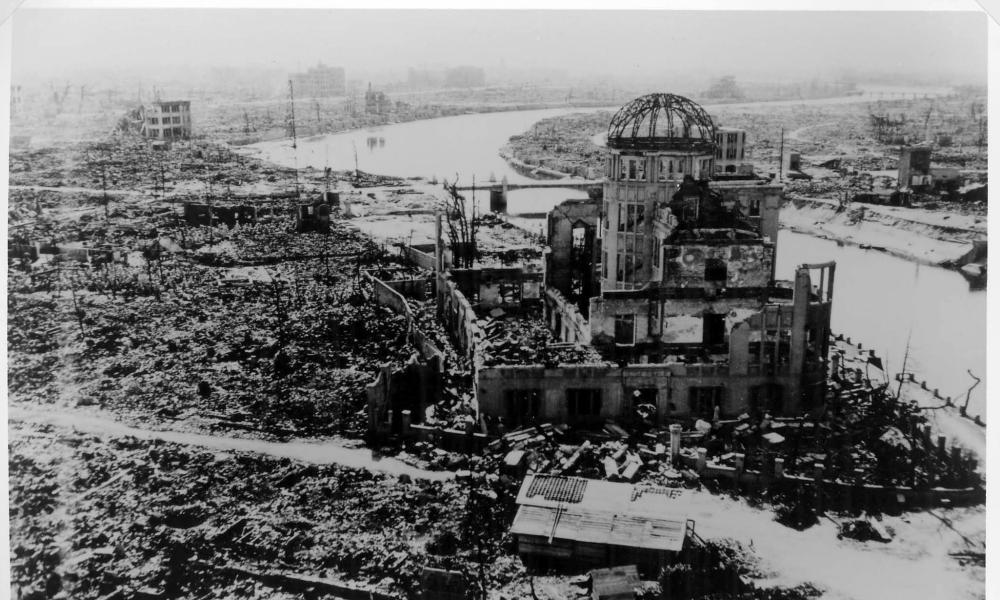
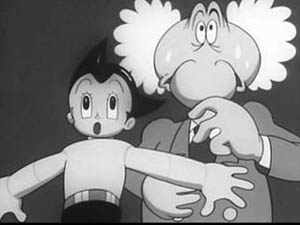
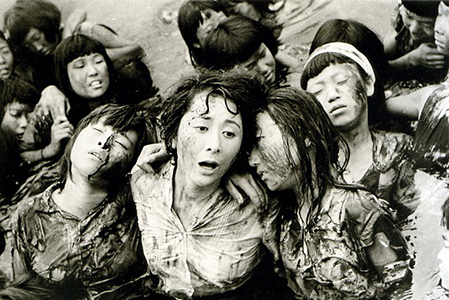
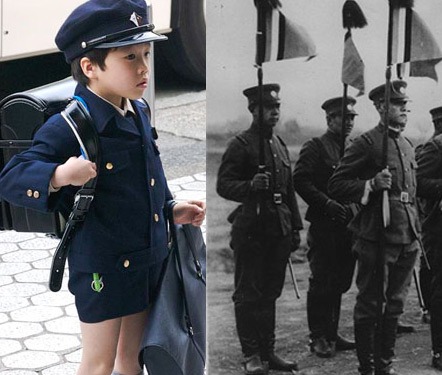
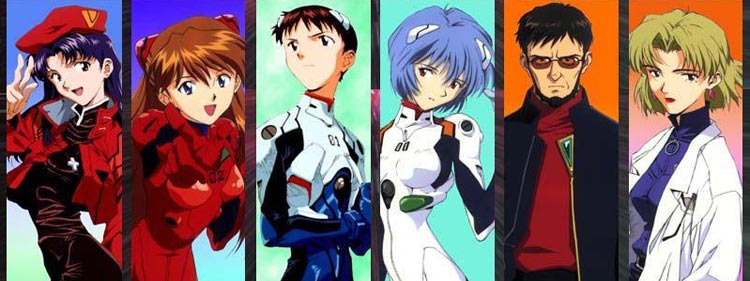
barefoot gen is a great comics (not a manga which means “vulgar comics”, this can be included in comics like “underground comics” because of the social content) about the Japs’ war crimes, military crimes, and the suffering of the common people after the war. But…
The piece is so inconvenient for the Japs right that attacks by the right have begun across the country.
It has become difficult to see.
There are no opposing forces to it.
The Japs have no intention of reflecting on the war.
The time will come in the near future when they will invade Asia again and get beaten up.